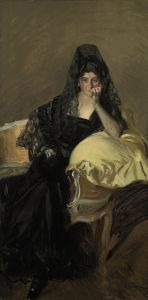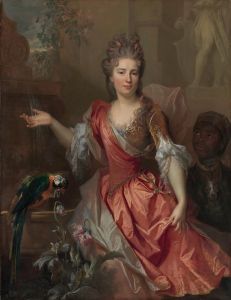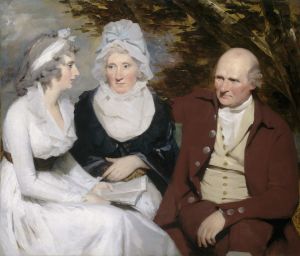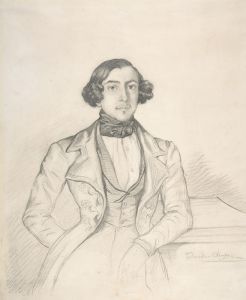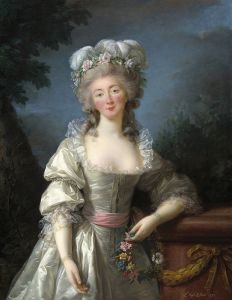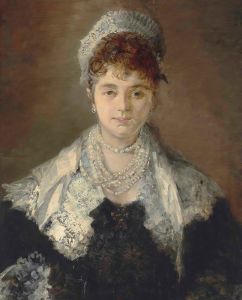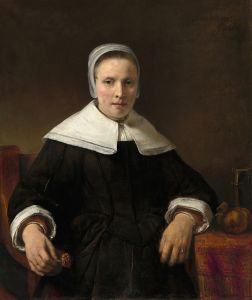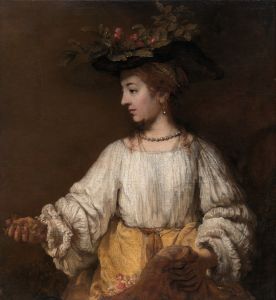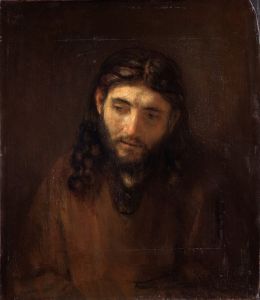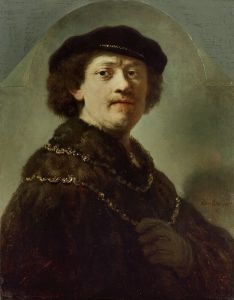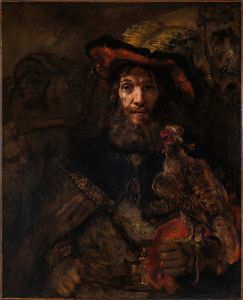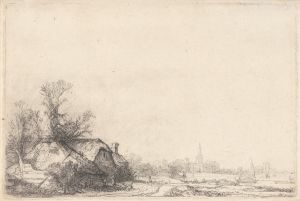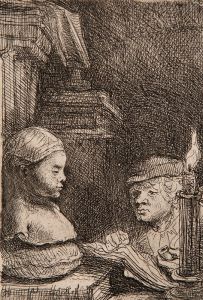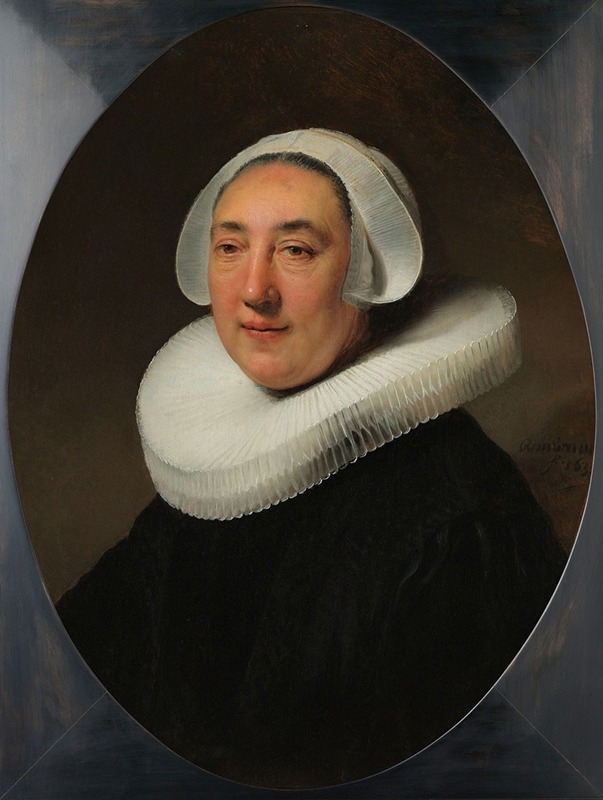
Portrait of Haesje Jacobsdr van Cleyburg
A hand-painted replica of Rembrandt van Rijn’s masterpiece Portrait of Haesje Jacobsdr van Cleyburg, meticulously crafted by professional artists to capture the true essence of the original. Each piece is created with museum-quality canvas and rare mineral pigments, carefully painted by experienced artists with delicate brushstrokes and rich, layered colors to perfectly recreate the texture of the original artwork. Unlike machine-printed reproductions, this hand-painted version brings the painting to life, infused with the artist’s emotions and skill in every stroke. Whether for personal collection or home decoration, it instantly elevates the artistic atmosphere of any space.
"Portrait of Haesje Jacobsdr van Cleyburg" is a painting attributed to the renowned Dutch artist Rembrandt van Rijn. This artwork is a fine example of Rembrandt's portraiture, showcasing his exceptional skill in capturing the character and essence of his subjects. The painting is believed to have been created in the early 17th century, during a period when Rembrandt was establishing himself as a master portraitist in Amsterdam.
Haesje Jacobsdr van Cleyburg, the subject of the portrait, was a member of the Dutch bourgeoisie. However, specific details about her life and her connection to Rembrandt remain largely undocumented. This lack of detailed historical records is not uncommon for many of Rembrandt's sitters, especially those who were not part of the more prominent social or political circles of the time.
The portrait exemplifies Rembrandt's mastery of chiaroscuro, a technique that uses strong contrasts between light and dark to achieve a sense of volume and three-dimensionality. In this painting, Rembrandt employs this technique to highlight the facial features of Haesje Jacobsdr van Cleyburg, drawing attention to her expression and the texture of her skin. The subtle play of light and shadow across her face and clothing adds depth and realism to the portrait, a hallmark of Rembrandt's style.
Rembrandt's attention to detail is evident in the rendering of the subject's attire. The clothing is depicted with meticulous care, showcasing the textures and patterns of the fabric. This attention to sartorial detail not only reflects the fashion of the time but also provides insight into the social status of the sitter. The choice of attire and the way it is portrayed suggest that Haesje Jacobsdr van Cleyburg was a woman of some means, though not necessarily of the highest aristocracy.
The background of the painting is kept relatively simple, a common feature in Rembrandt's portraits, which serves to focus the viewer's attention on the subject. This compositional choice enhances the intimacy of the portrait, inviting viewers to engage directly with the sitter's gaze and expression.
While the painting is attributed to Rembrandt, it is important to note that the attribution of artworks from this period can sometimes be complex. Rembrandt's workshop included several pupils and assistants who were trained to emulate his style, and some works attributed to him may have been collaborative efforts. However, the quality and technique evident in the "Portrait of Haesje Jacobsdr van Cleyburg" strongly suggest the hand of the master himself.
Today, the painting is part of a collection that allows art enthusiasts and scholars to appreciate Rembrandt's contribution to portraiture. It serves as a testament to his ability to convey the individuality and humanity of his subjects, a skill that has earned him a lasting place in the history of art.
The "Portrait of Haesje Jacobsdr van Cleyburg" remains an important piece for understanding the social and cultural context of 17th-century Netherlands, as well as Rembrandt's artistic legacy. Through this work, viewers can glimpse the nuanced interplay of light, shadow, and human expression that defines Rembrandt's oeuvre.





